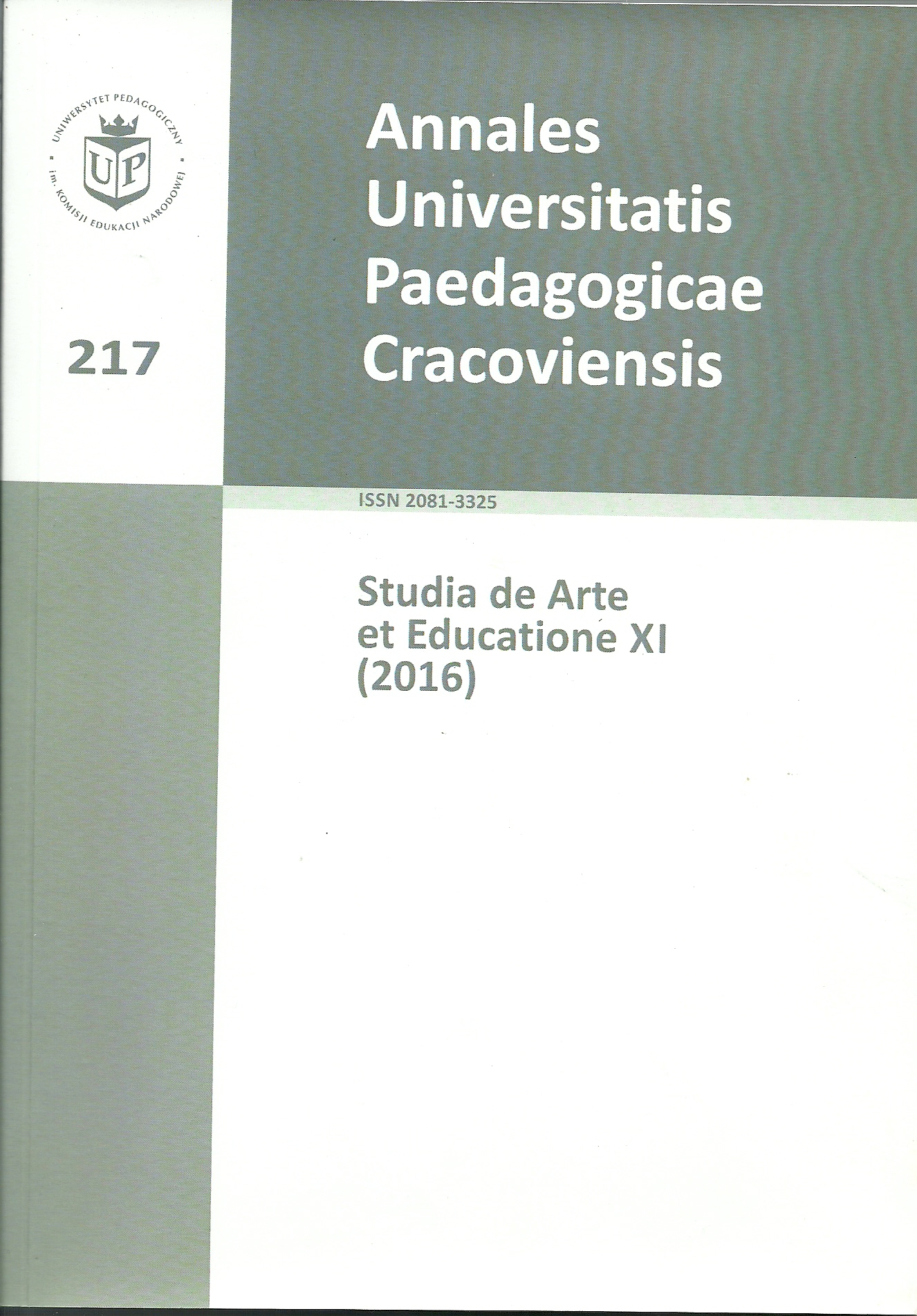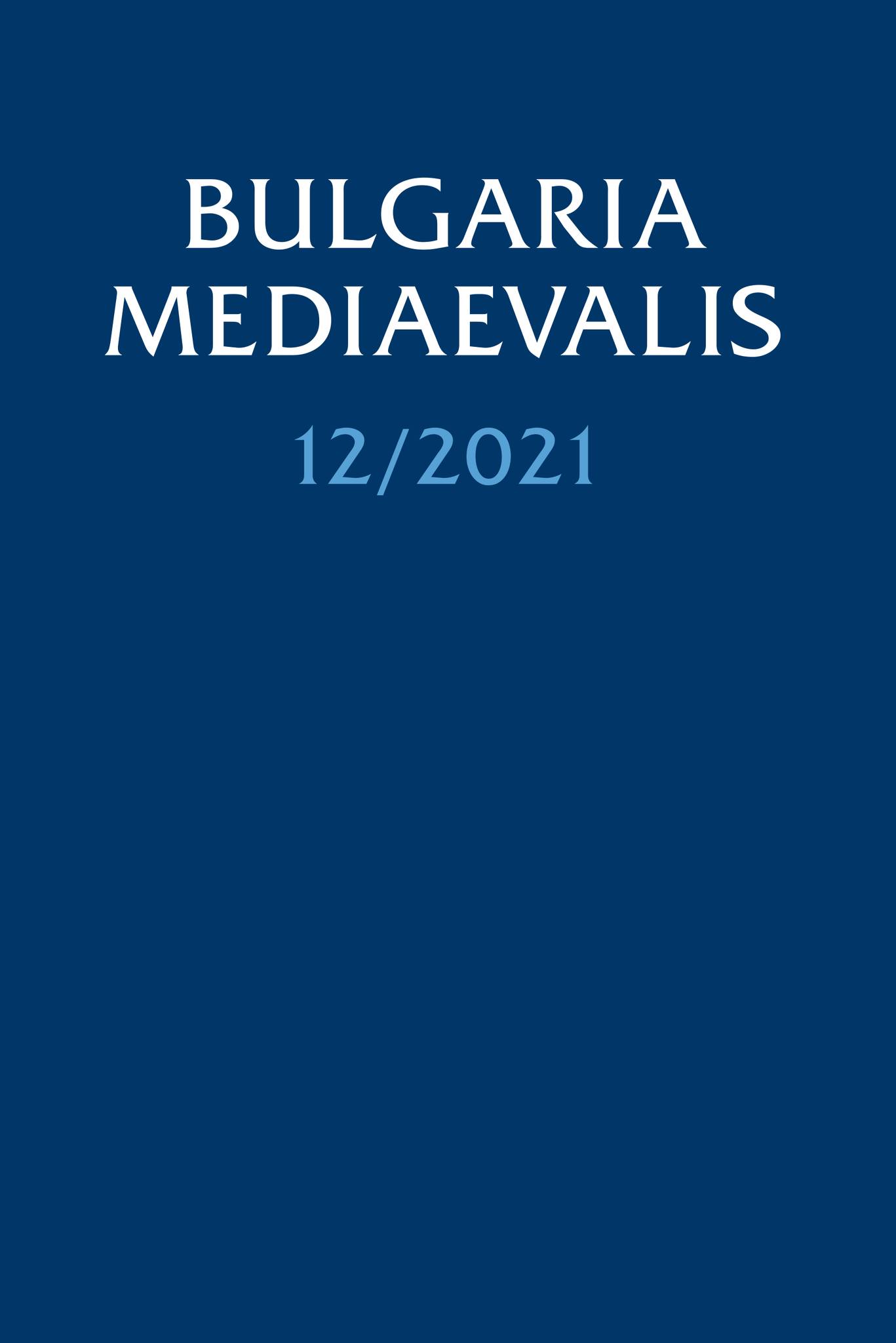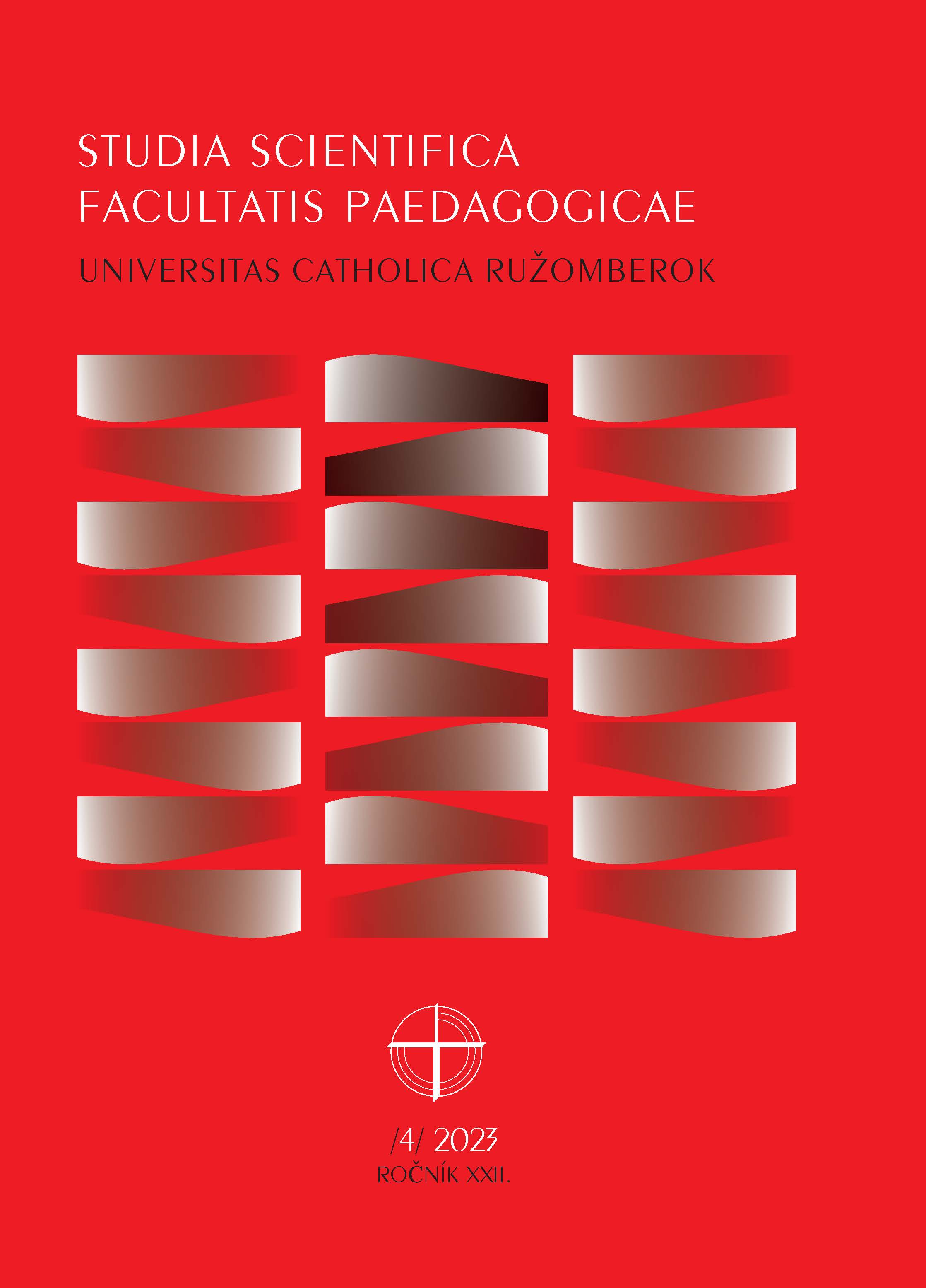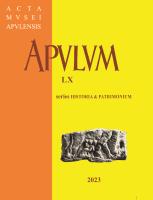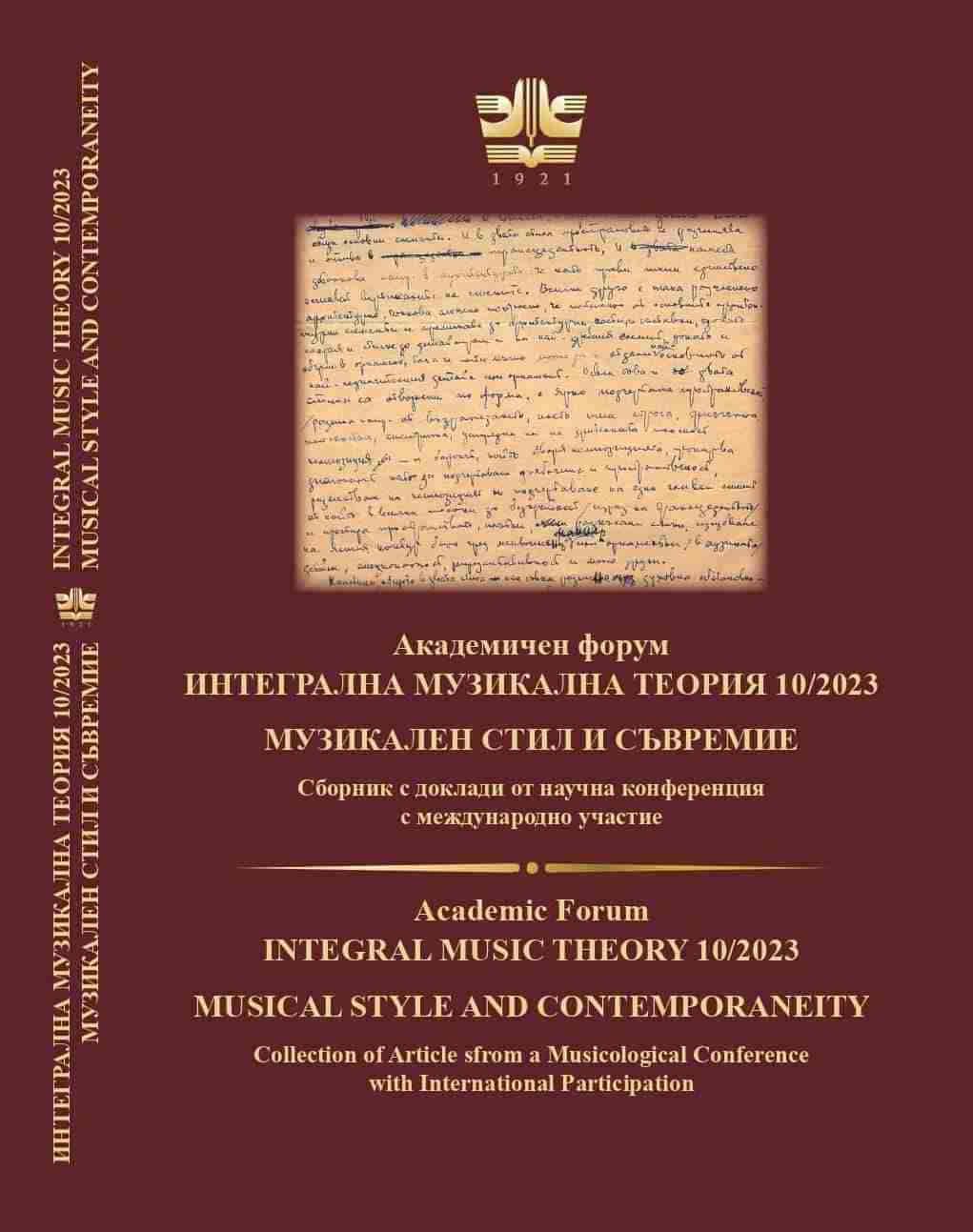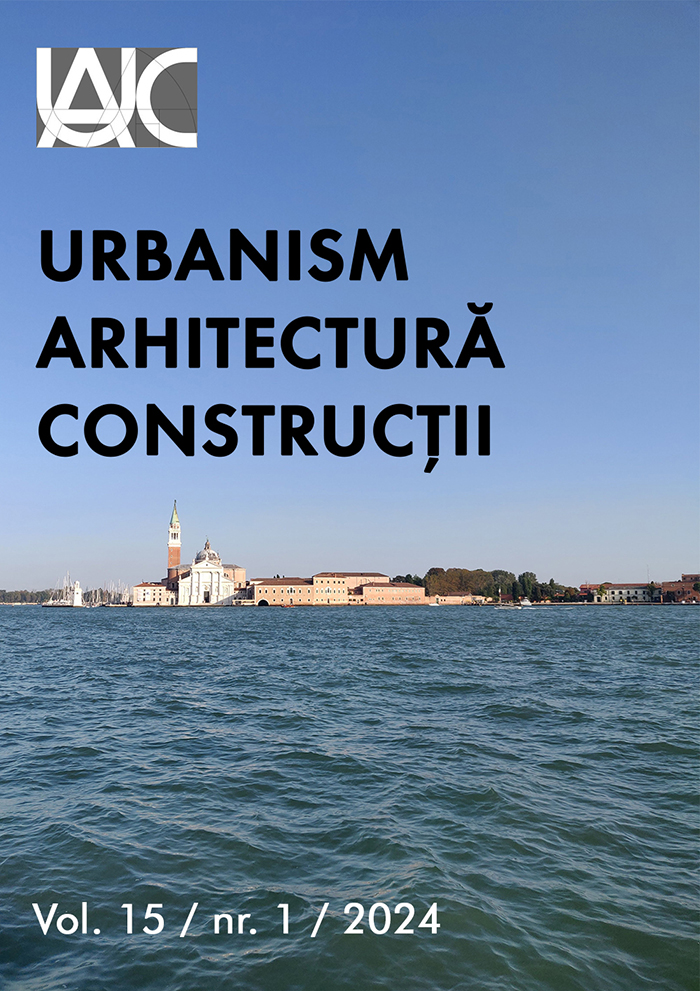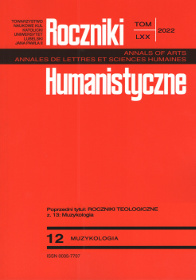Author(s): Gabriela Mircea,Smaranda Cutean / Language(s): Romanian
Issue: 1/2023
Based on a unique book of graphic sketches and notes of Traian Achim (1885-1945), former drawing teacher at the ”Mihai Viteazul” High School in Alba Iulia, in the years 1919-1945, several unique events from his biography and didactic, artistic activity (including domestic, family) can be reconstructed from 1928, until February 4, 1929 (when his notes stop, because the pages of the notebook end). Thus, what was known from the testimonies of the teacher's daughter-in-law, the late Mrs. Valentina Achim, is confirmed, namely the fact that Traian Achim himself designed (making a detailed plan, in our opinion), both the family house, on Moților St., and the building of his artistic workshop, in back of the courtyard, both of which, now, in the light of new information, can be dated with certainty to the year 1928. We can also admit, at the same time, that this year the artist also created the mural depicting Horea, Cloșca and Crișan, from a niche of the Maieri I Orthodox Church in Alba Iulia, a work unfortunately covered during a recent repainting of the mentioned place of worship. He was very concerned, including during the classes he taught at the high school, in his final years, with the ways of graphically representing the different mental states of people, being a lecturer and connoisseur in detail of some European scientific and artistic works on physiognomy or arts decorations, which the teacher had assimilated, reading them either in German or in French (which he knew very well). It is noted that, during that year, he held private shorthand typing courses with over 25 students, recruited from among the most important families of the town, of different ethnicities and occupations, etc. The same artist created the project of the painting for the graduates of “Mihai Viteazul” High School, the 1928-1929 class, and it is believed that he was usually the one who designed this type of artistic-craft work, for several series of graduates. He took care of his family (including the garden of the new house, built in 1928) and created, we believe, several oil paintings on the theme of family life, the concept of which can be found in the pages of the notebook. The artistic value of his sketches is not out of the ordinary, but not entirely negligible, anyway, the artist creating his modernist style of representation (which, perhaps, was not and still is not to everyone's taste), but it denotes professionalism and passion for his job (and his artistic concerns).
More...
